
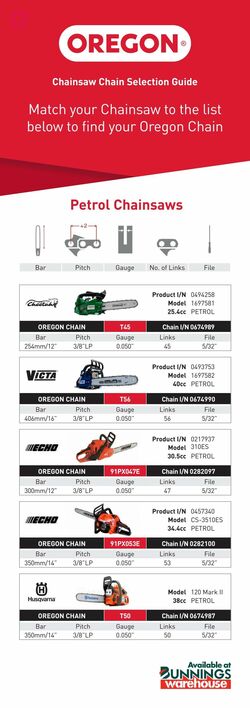



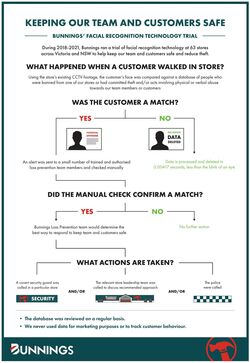

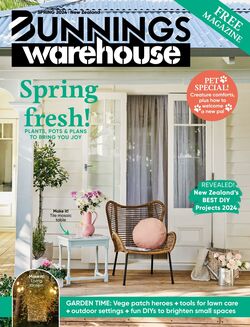


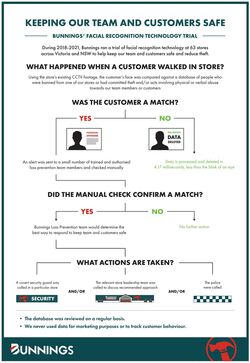


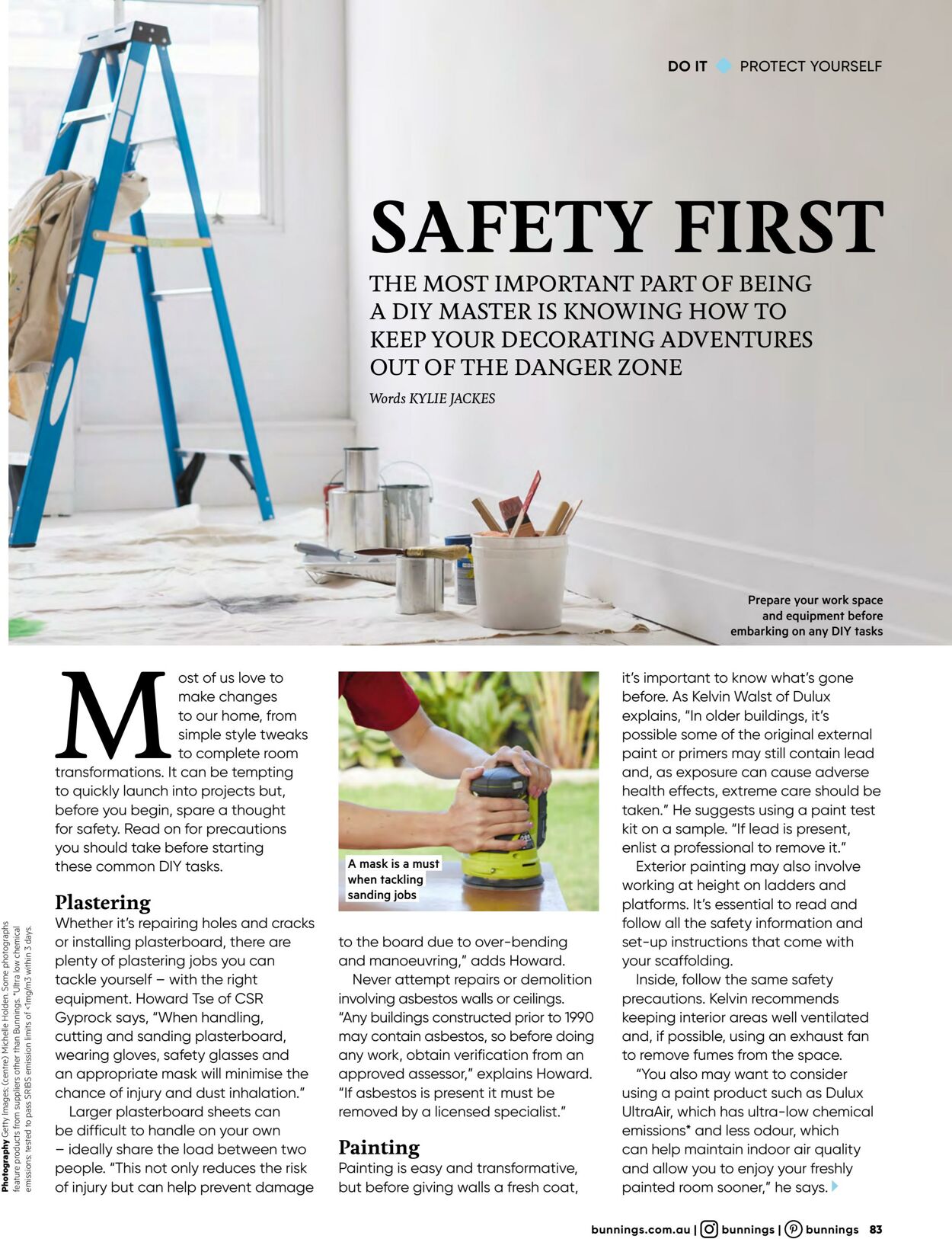
Products in this catalogue
ost of us love to make changes to our home, from simple style tweaks to complete room transformations. It can be tempting to quickly launch into projects but, before you begin, spare a thought for safety. Read on for precautions you should take before starting these common DIY tasks. Plastering Whether it's repairing holes and cracks or installing plasterboard, there are plenty of plastering jobs you can tackle yourself — with the right equipment. Howard Tse of CSR Gyprock says, “When handling, cutting and sanding plasterboard, wearing gloves, safety glasses and an appropriate mask will minimise the chance of injury and dust inhalation.” Larger plasterboard sheets can be difficult to handle on your own — ideally share the load between two. people. “This not only reduces the risk of injury but can help prevent damage DOIT PROTECT YOURSELF SAFETY FIRST THE MOST IMPORTANT PART OF BEING A DIY MASTER IS KNOWING HOW TO KEEP YOUR DECORATING ADVENTURES OUT OF THE DANGER ZONE Words KYLIE JACKES ~ — : Armask is a must when tackling sanding jobs on to the board due to over-bending and manoeuvring,” adds Howard. Never attempt repairs or demolition involving asbestos walls or ceilings. “Any buildings constructed prior to 1990 may contain asbestos, so before doing any work, obtain verification from an approved assessor,” explains Howard. “If asbestos is present it must be removed by a licensed specialist.” Painting Painting is easy and transformative, but before giving walls a fresh coat, Prepare your work space and equipment before a embarking on any DIY tasks it's important to know what's gone before. As Kelvin Walst of Dulux explains, “In older buildings, it's possible some of the original external paint or primers may still contain lead and, as exposure can cause adverse health effects, extreme care should be taken." He suggests using a paint test kit on a sample. “If lead is present, enlist a professional to remove it.” Exterior painting may also involve working at height on ladders and platforms. It's essential to read and follow all the safety information and set-up instructions that come with your scaffolding. Inside, follow the same safety precautions. Kelvin recommends keeping interior areas well ventilated and, if possible, using an exhaust fan to remove fumes from the space. “You also may want to consider using a paint product such as Dulux UltraAir, which has ultra-low chemical emissions* and less odour, which can help maintain indoor air quality and allow you to enjoy your freshly painted room sooner,” he says. bunnings.com.au | (©) bunnings |(®) bunnings 83
| Name | Details |
|---|